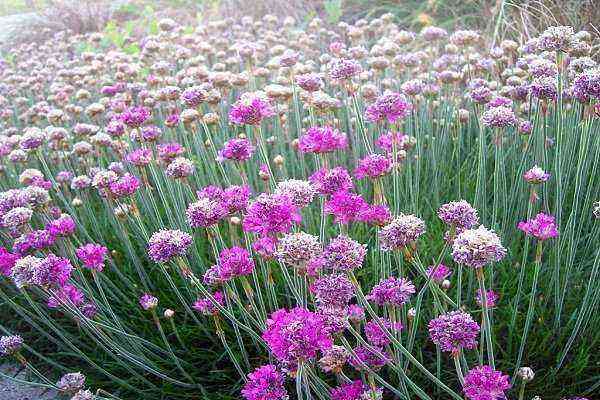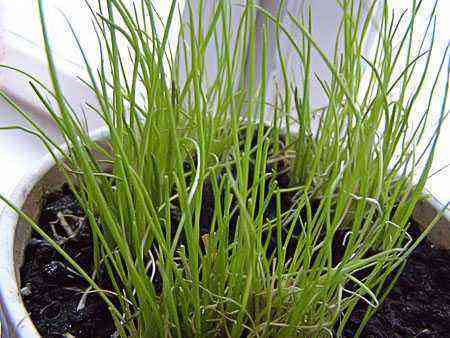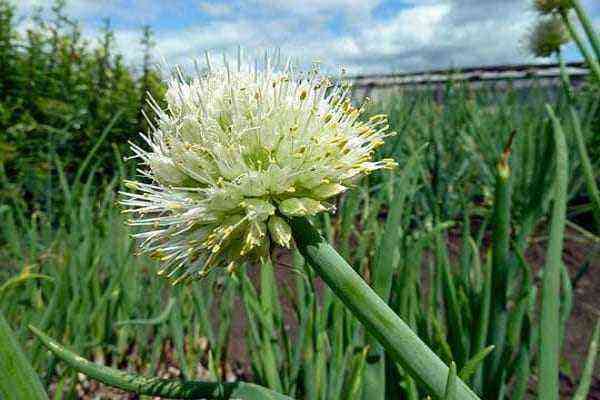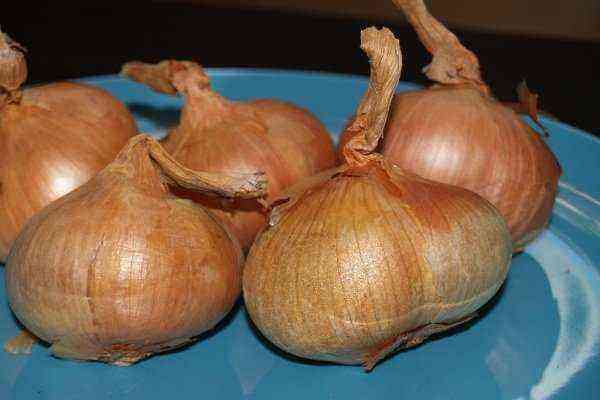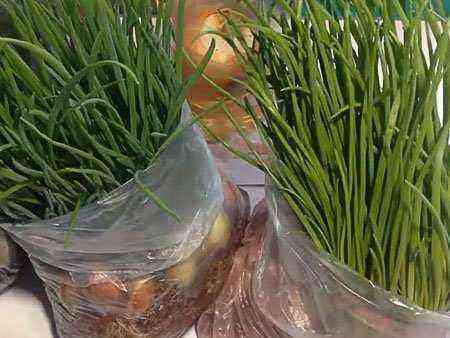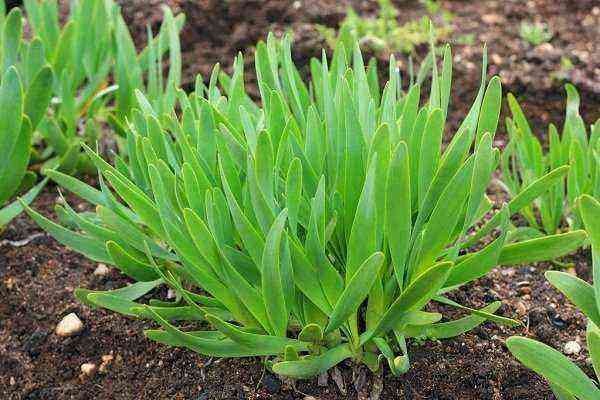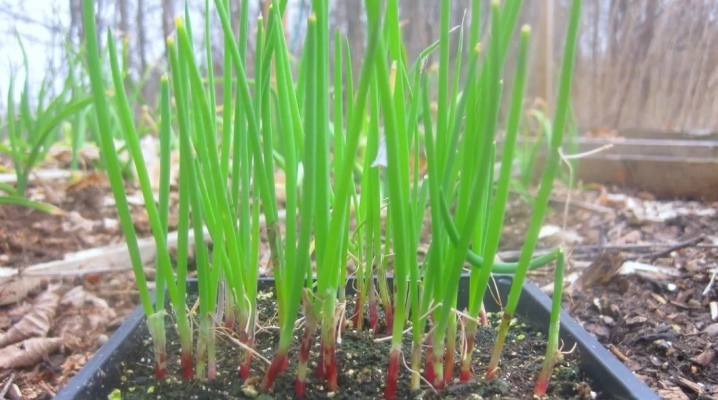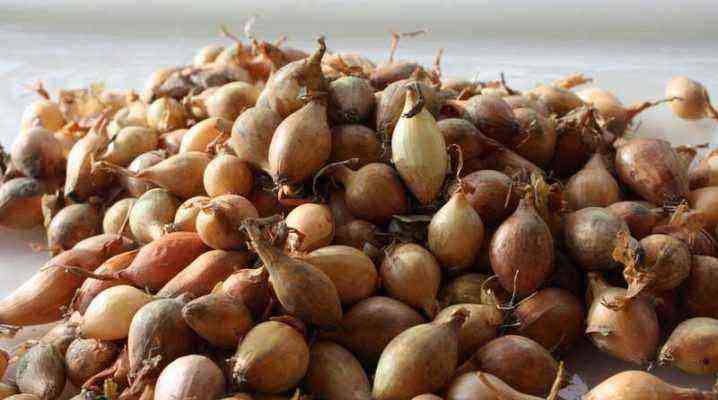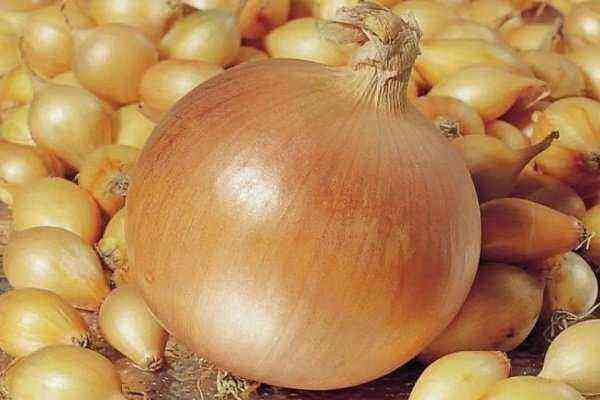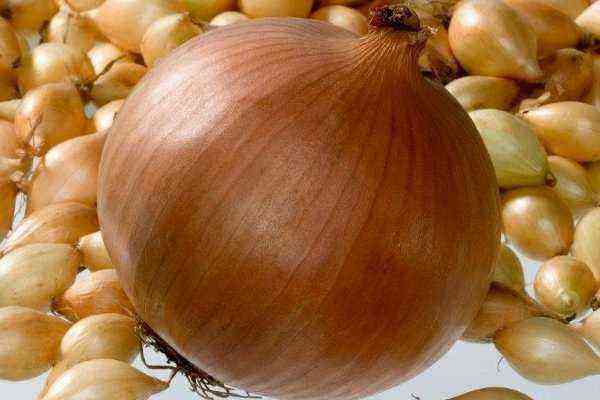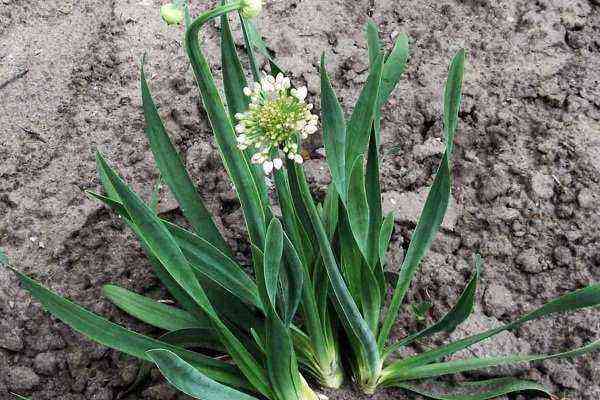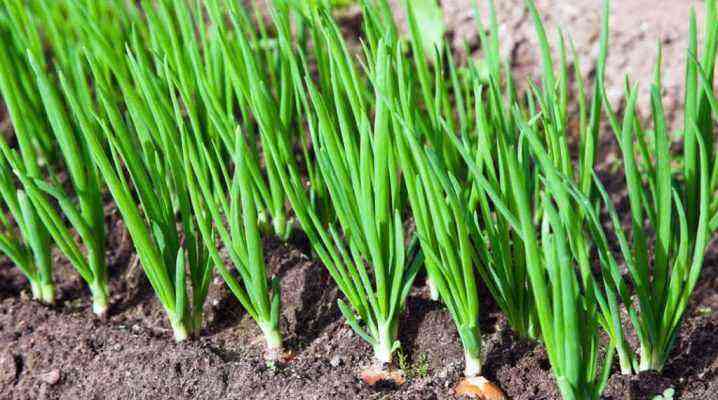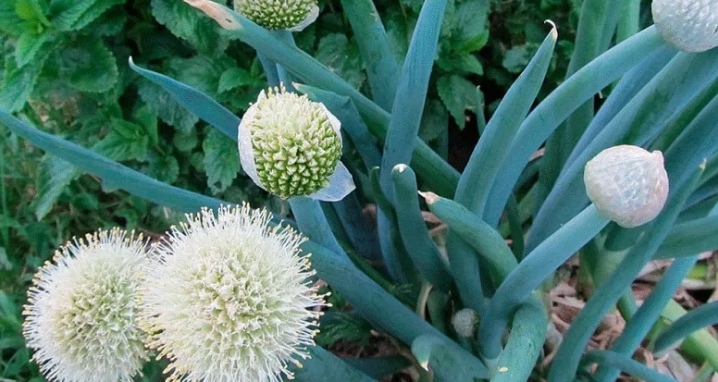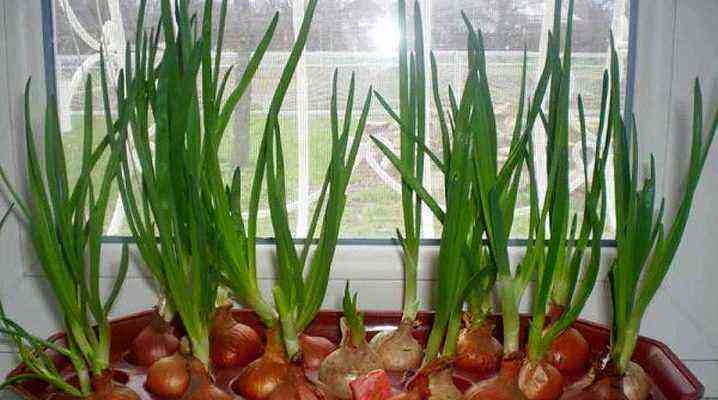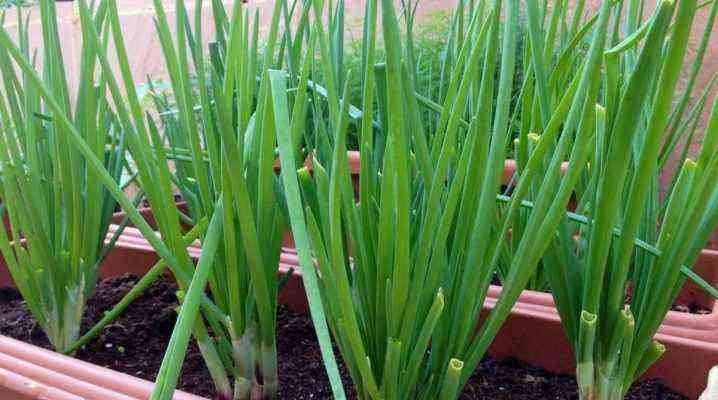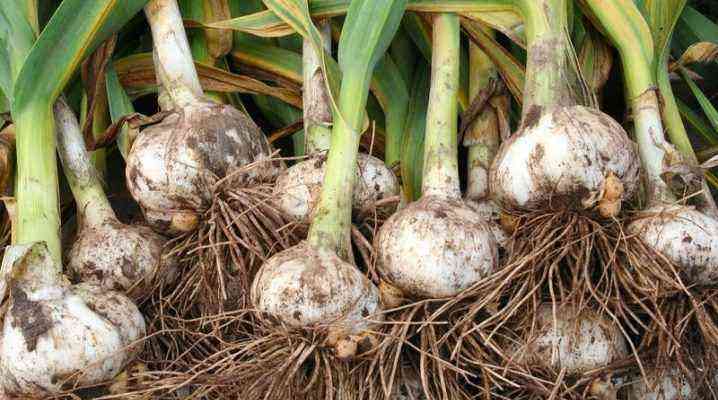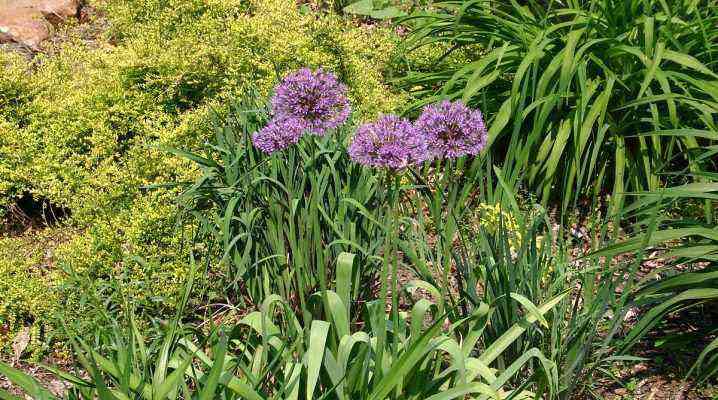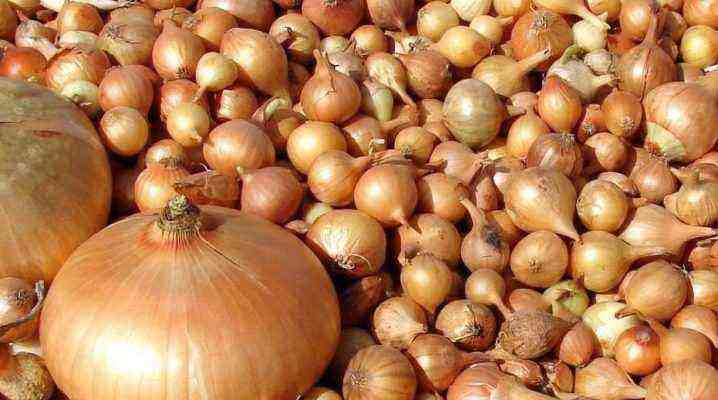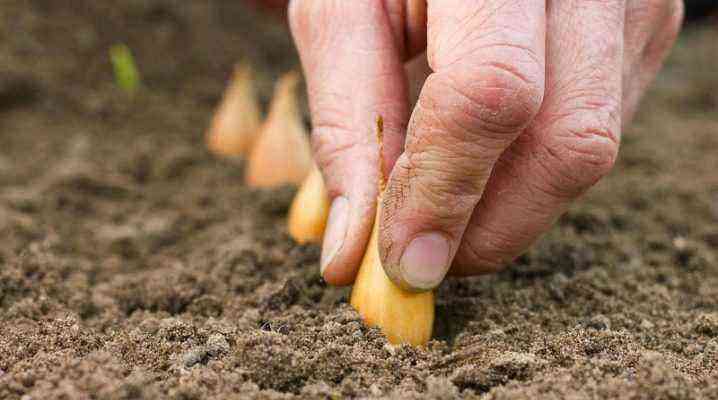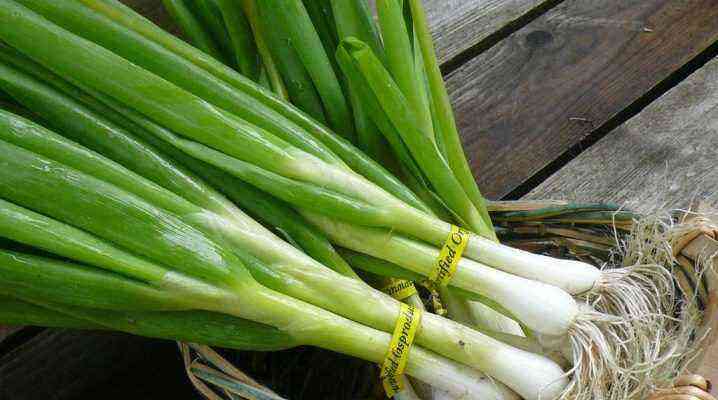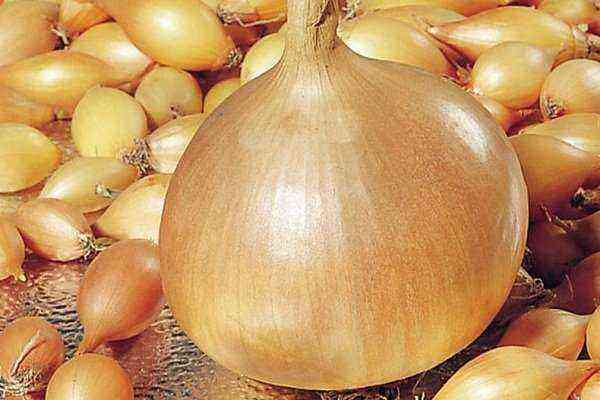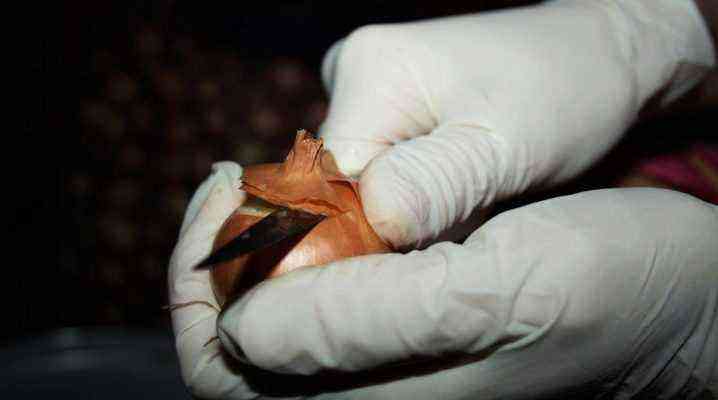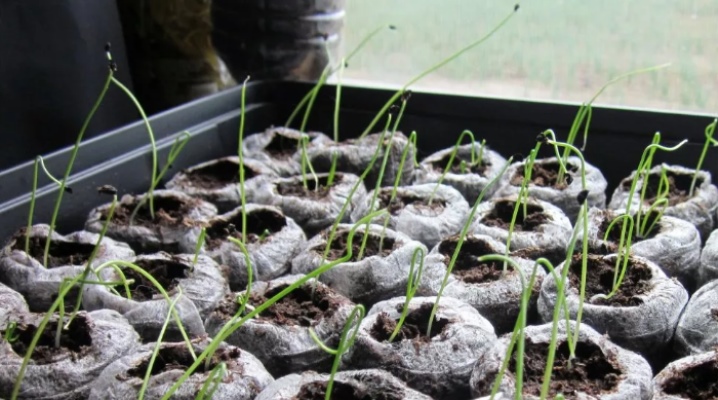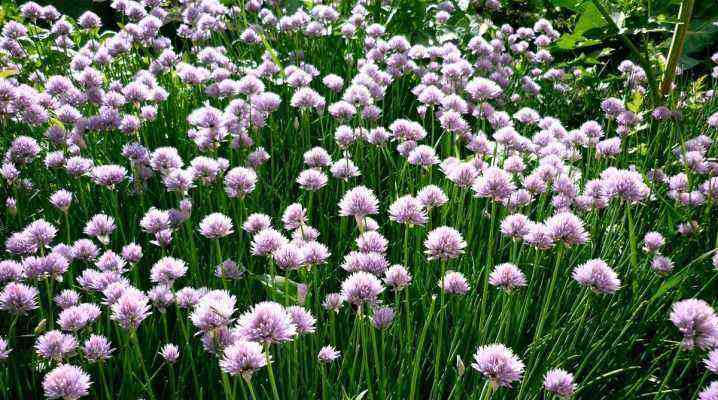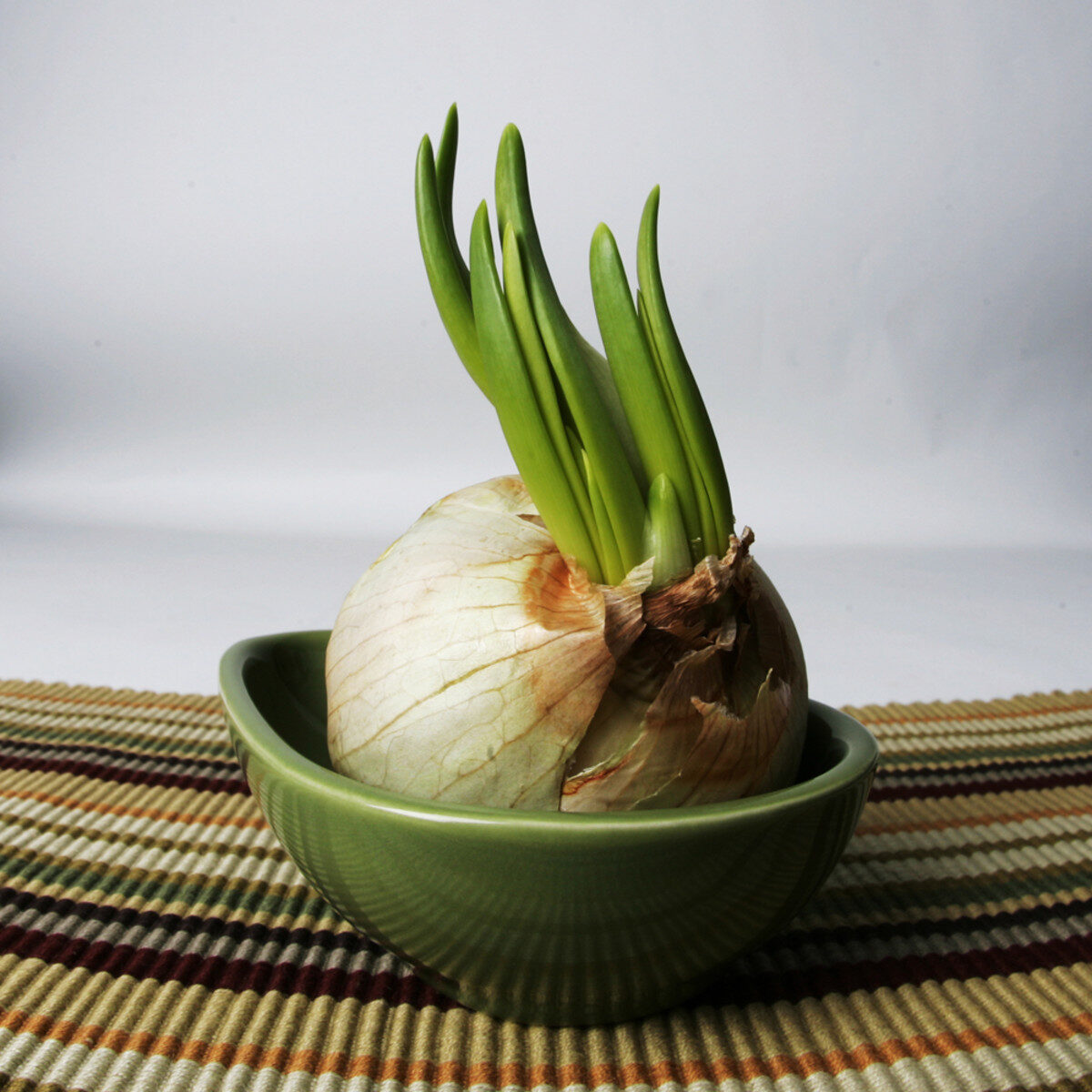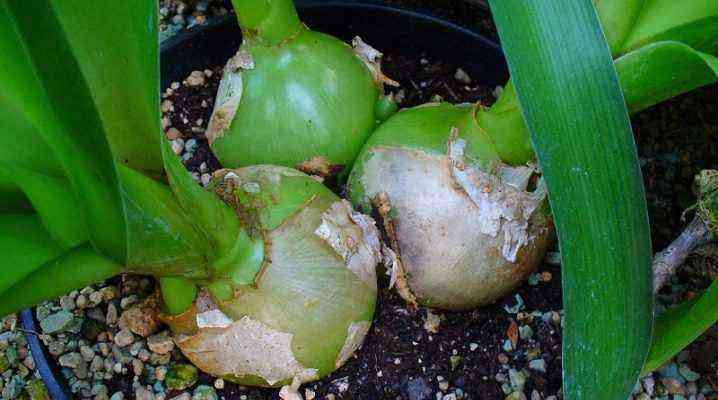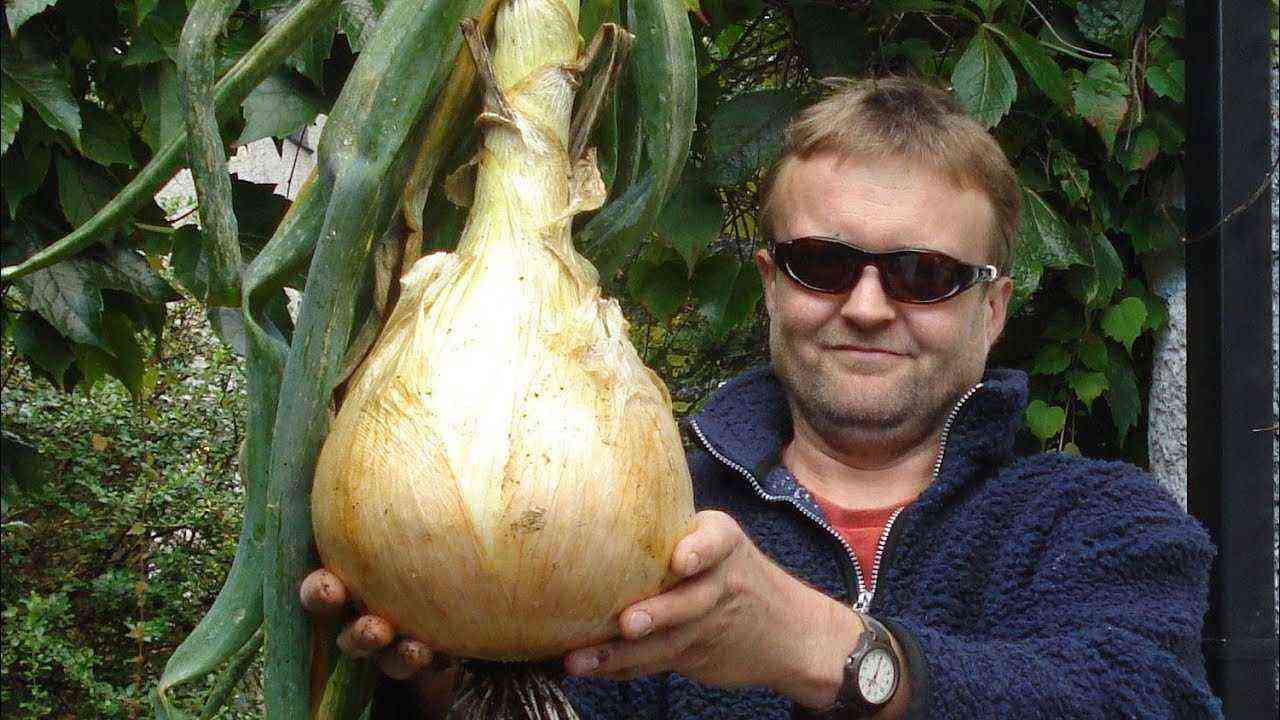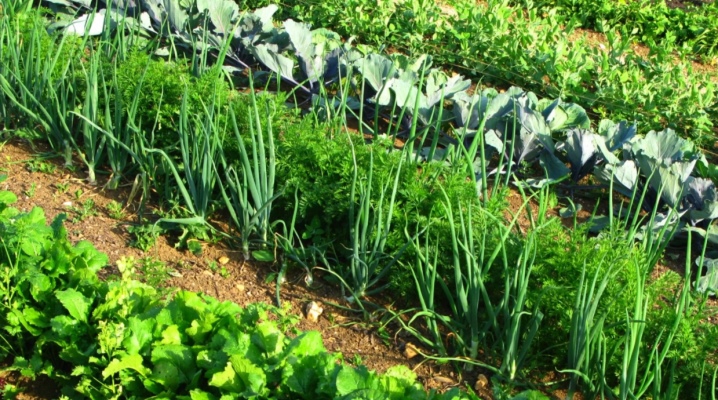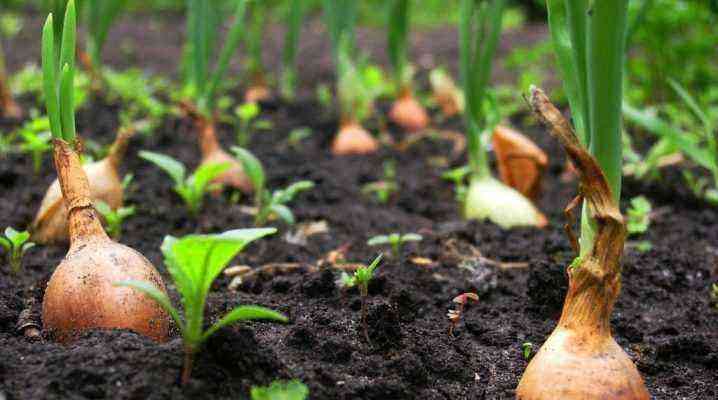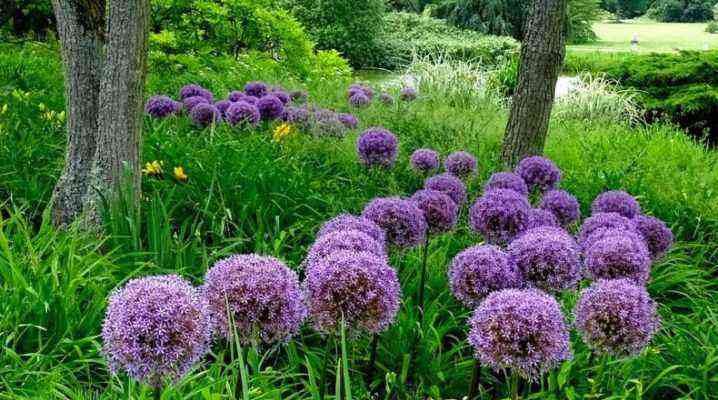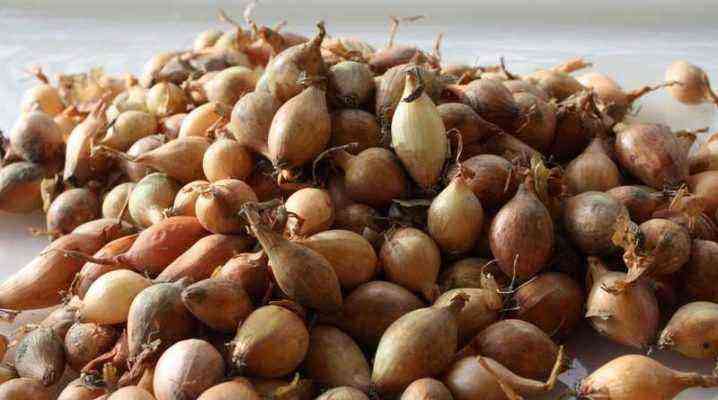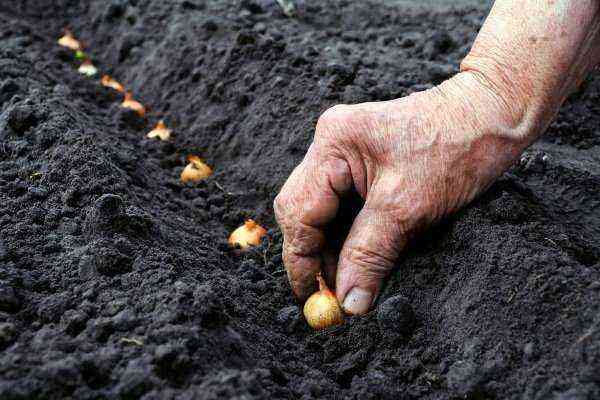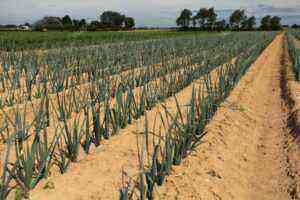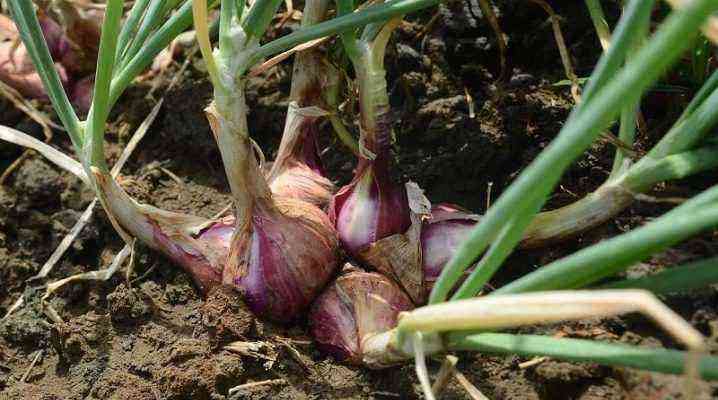Green onion feathers are the first to delight the eye in the beds, as soon as the snow melts and the soil warms up. But if you have a greenhouse, this joy can be arranged for yourself in any month of the year. Growing onions in a greenhouse is an easy process, any novice gardener can handle it, you just need to maintain the optimal temperature, humidity and light requirements, and also provide the right amount of mineral and organic substances in the soil.
Preparing ground for growing onions
Onions can be grown in a summer greenhouse by planting them in autumn or late winter. The forcing of the feather will happen much faster than in the open field, and already in March-April, the onion for the salad will ripen. If there is a desire to cultivate a plant in a greenhouse all year round, it must be prepared.
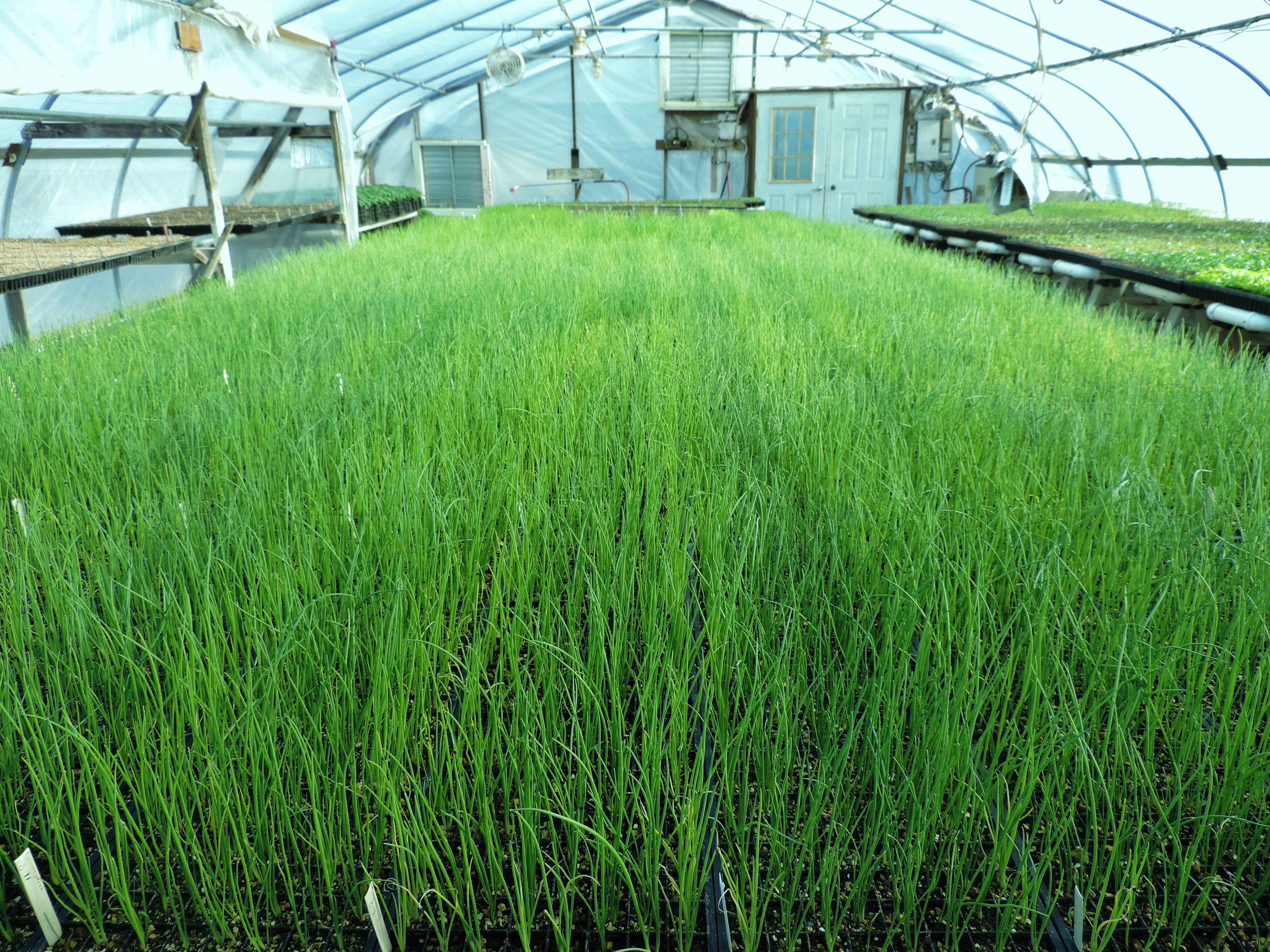
Onion plantations in a greenhouse
Rules for arranging a greenhouse
Green onions in a greenhouse can be grown year-round if the following conditions are met:
- The greenhouse must be heated. In winter, when forcing the feather, the daytime temperature should be maintained at the level of 20-23 ° C, the night temperature should not be lower than 14-15 ° C.
- Illumination. Plants need light for the process of photosynthesis. In conditions of short daylight hours in winter, it is necessary to ensure that the onion stays under the light for at least 13-14 hours a day. Fluorescent lamps are recommended to be placed strictly vertically, then the feather will grow straight and without kinks. If the bed is multi-tiered, a separate backlight should be made for the lower tiers.
- Humidity. In a greenhouse for growing onions, it is necessary to maintain moderate humidity, preventing the soil from drying out or waterlogging. The optimal mode of watering the plant is once every 4-5 days.
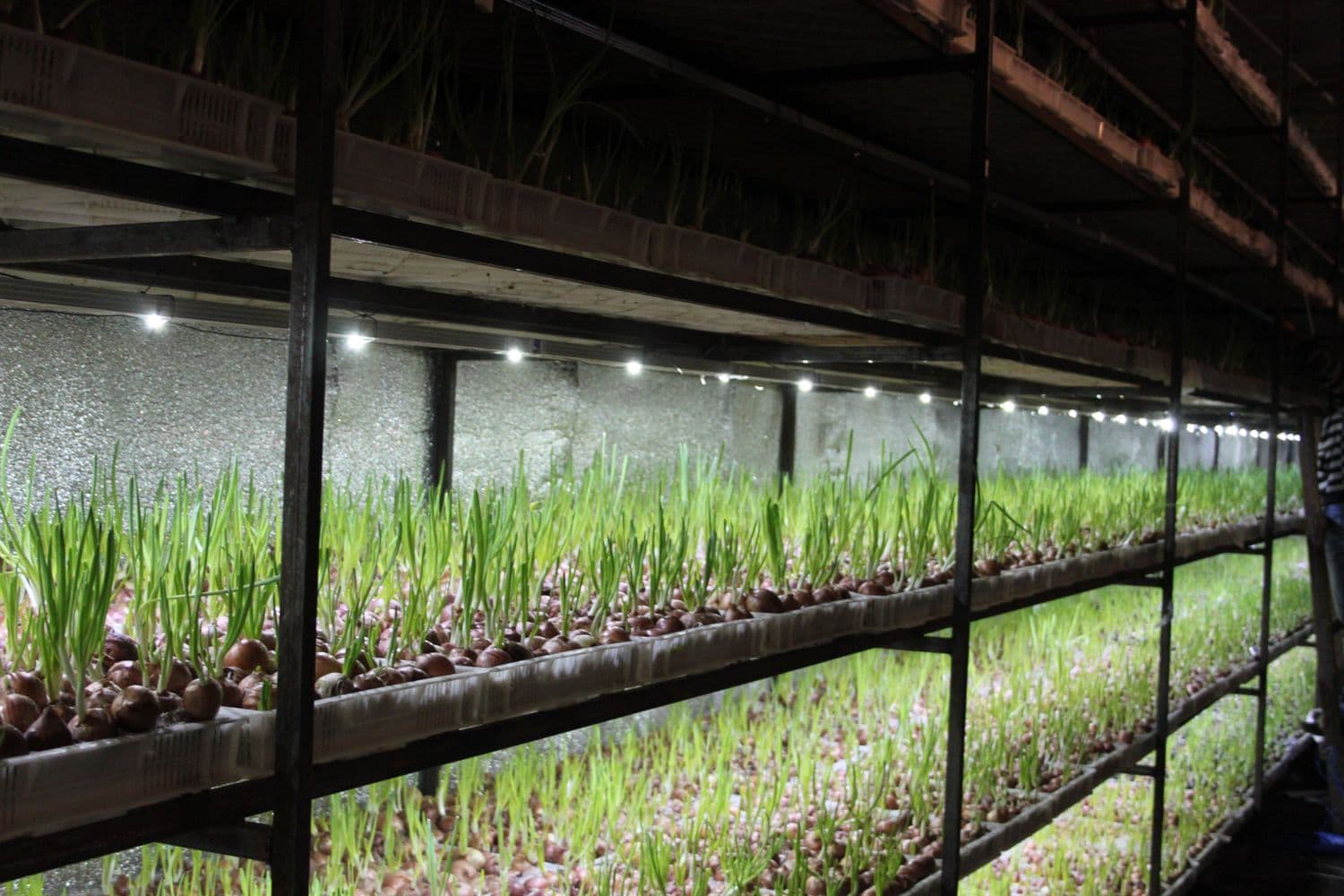
Illuminated bow racks
Basic soil requirements
Green onions grow well in sandy soil mixed with peat and fertilized with humus. Before planting it, experienced gardeners advise digging up the soil by applying fertilizers – manure or compost (1 bucket), sodium chloride (15 g), superphosphate (30 g) per 1 square meter of soil.
Forcing onions on a feather does not require a lot of soil, therefore it is recommended to cultivate this plant not in beds, but in specially equipped boxes that can be placed on racks.
The best predecessors of onions are tomatoes, beets, carrots, eggplants.
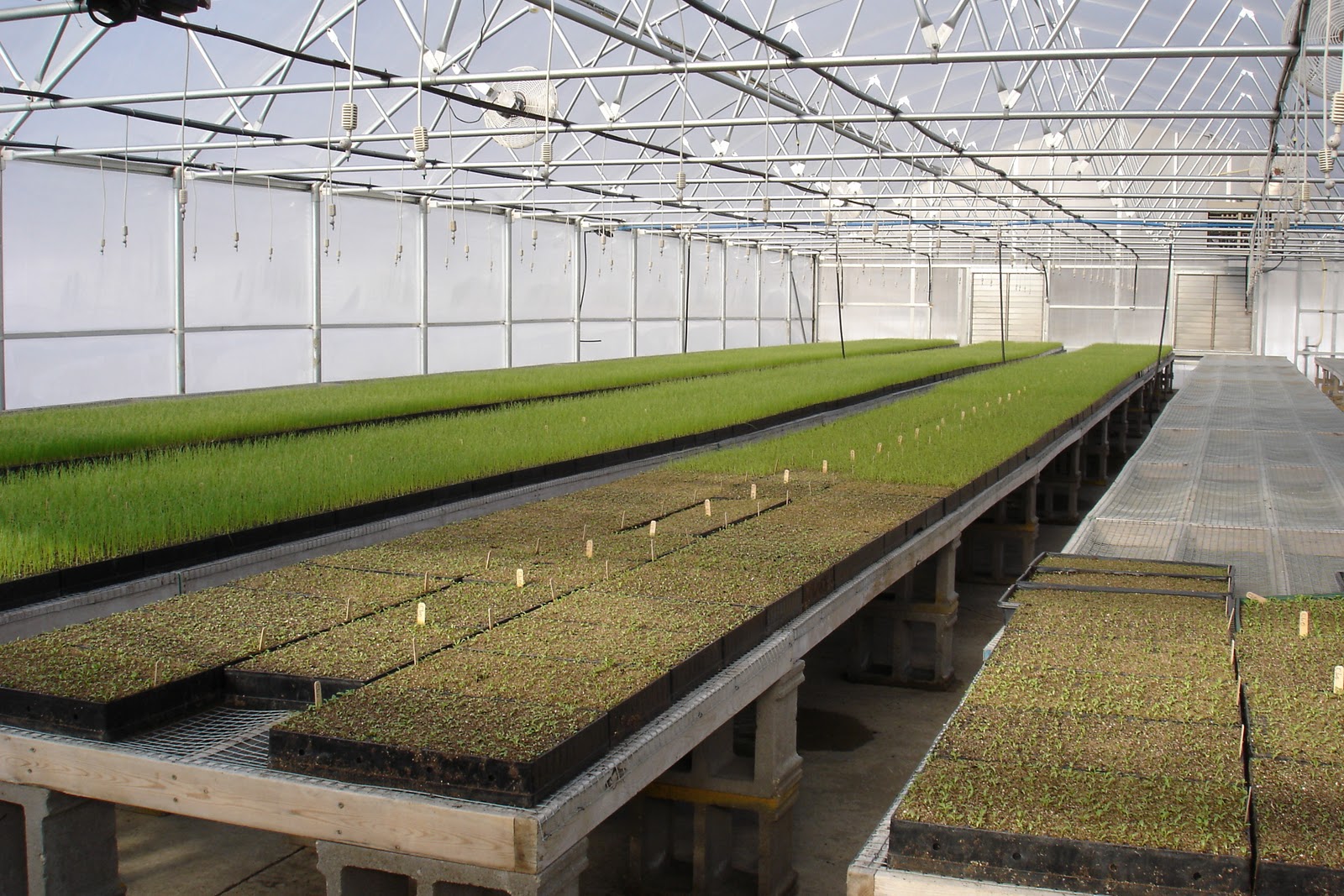
Arrangement of beds on the racks
Landing in closed ground: terms and methods
Onions for greens in a greenhouse are best grown from October to April, until they have grown in open ground. Having planted the plant in October, providing it with all the conditions, after 20-30 days you can make the first cut of the feather. It is possible to plant the following batches at intervals of 10-15 days, ensuring the continuity of the harvest.
Planting can be done with seeds, seedlings and samples (seedlings). The first two methods are quite laborious and are used if the plant does not propagate by vegetative method. Usually planted in selections (seedlings) – small bulbs or trimmings (false bulbs).
Before planting, the samples must be prepared by warming up in thermal water (about 40 ° C) and cutting off the top. Immediately before planting the bulbs in the ground, you can dip them in a solution of potassium permanganate.
Disembarkation can be carried out in two ways:
- pavement: bulbs are planted close to each other without gaps, it is recommended to use when planting in autumn, in winter.
- tape: the bulbs are planted in a row with an interval of about 3-5 cm, the distance between the rows is about 10-15 cm, it is recommended for spring planting.
The best types of onions and the features of growing each
In greenhouse conditions, one-year-old onions are traditionally grown, but it is significantly superior in yield to other varieties:
- batun;
- the shawl;
- leek;
- chives;
- slizun;
- multi-tiered.
Onion cultivation technology
To get a green feather, many people prefer onions. Bulbs are planted in the greenhouse in autumn or early winter after harvesting other crops by bridge. Before planting, they are heated in warm water (38-40? C) and the neck is cut off. It is also desirable to rid the seedlings of excess husks.
When growing onions on a feather in a greenhouse, it is desirable to maintain a temperature that is comfortable for greens – about 20 ° C during the day and 13-15 ° C at night. Watering should be carried out with water at room temperature, fed with a solution of mullein, which is carefully poured under the root.
Harvesting can be done already 28-30 days after planting, during which time the feather will reach a height of 25-30 cm. During the period of its intensive growth, the greenhouse should be well ventilated, overheating and waterlogging should be prevented. At high temperatures, forcing and feather growth will proceed at an accelerated pace, but the leaves may lose the necessary elasticity, which will lead to a deterioration in their quality. 4-5 days before harvesting, it is recommended to stop watering.
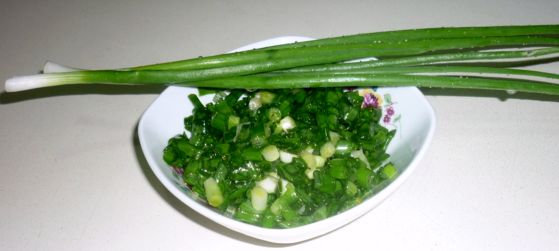
Onion greens – the desired guest on the table
The nuances of caring for onions
Batun is good because it is not picky about the length of daylight hours, temperature conditions (temperature up to 15 ° C is suitable for forcing a feather), prefers abundant watering and humid air (about 80-85%), non-acidic soil, gives a quick pasture. When planted in November, you can harvest after 25-28 days, in January – after 19-20 days, in February – after 14-16 days. Since the plant is perennial, it is recommended to fertilize the soil under it with compost, humus, add solutions of superphosphate, potassium sulfate, urea.
The batun does not form true bulbs, the part of the stem that is in the soil thickens (the so-called false bulb is obtained) and forms new daughter shoots.
After 4-5 years of growth in one place, the mother plant can form up to 30 young shoots, which significantly thickens the plantings and reduces the quality of the crop.
Growing this onion in a greenhouse can be done in 2 ways:
In summer, after flowering, the mother bush is divided into separate shoots, which are planted in a tape way according to the scheme: 25-30X40 cm to the depth of the mother plant.

Onion-batun – a twin of green onions
Seeds are sown in spring or mid-summer in rows with an interval of 15-20 cm to a depth of about 2 cm, mulched with peat or humus from above. Plantings are weeded, thinned out after the appearance of leaves, leaving first 3-5 cm between the shoots, then 8-10 cm each. This weeding method allows the second growth cycle to reach the recommended 25-30 cm between the mother bushes and ensure high yields.
The feather is cut at ground level twice in spring and twice in autumn, when the length of the green becomes 20-25 cm.
The leaves of the first cut are very delicate, contain a large amount of vitamin C, vitamin A, PP, B, magnesium salts, iron, potassium. Batun has a dormant period (approximately July-August), lasting about 2 months. At this time, it is desirable to feed the plant with mineral fertilizers, with the tape method of planting – loosen the aisles, water.
Shallot farming technique
Shallot is an early ripening frost-resistant onion that gives an excellent harvest of green feathers. Its leaves are slightly different from onion leaves, have an awl-shaped shape, practically do not shoot, retain a delicate taste, vitamins and minerals for a long time. A feature of shallots is a method of reproduction similar to garlic – the uterine bulb forms up to 10-15, sometimes more – up to 30-40 cloves. Because of this feature, shallots are called “magpie”.
It is recommended to plant shallots in well-fertilized fertile soil. The best predecessors for him are legumes. In one place, such an onion can grow for 4-5 years, after which it needs to be transplanted. It is not recommended to simultaneously plant shallots and onions in a greenhouse: these species can mutually pollinate and become infected with the same diseases and pests.
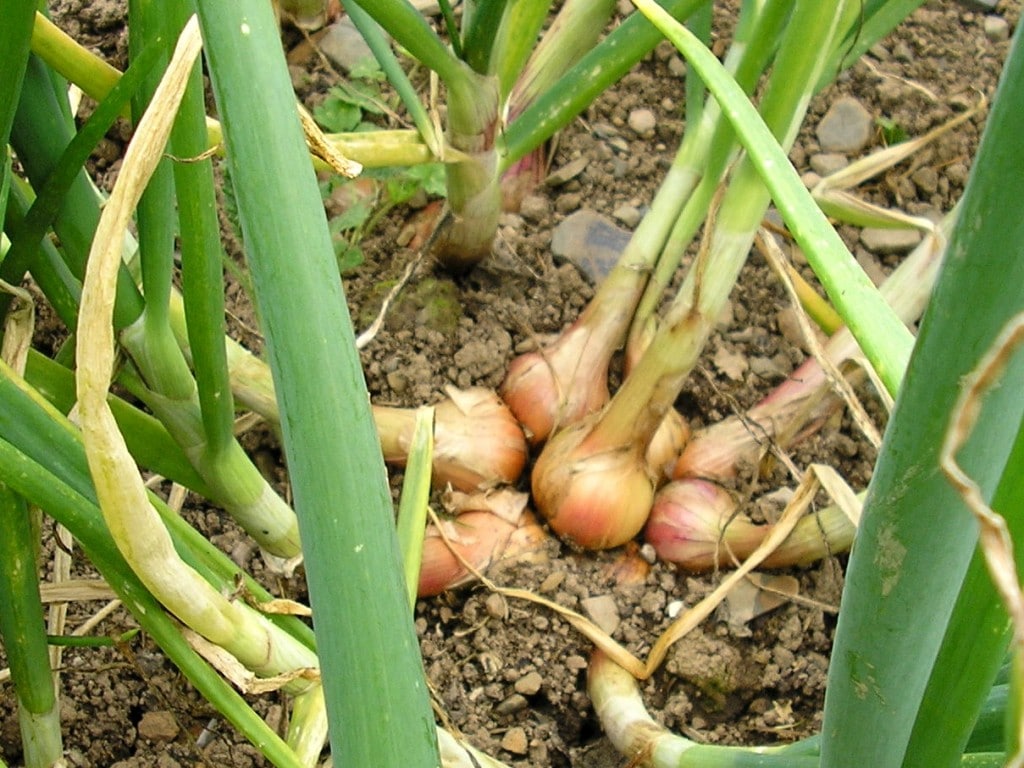
Bulbs and greens of shallots
Shallots are planted with onions using the tape method at a distance of about 10-15 cm, between rows – up to 25 cm. Before planting it in the spring, it is advised to apply fertilizers: superphosphates (at the rate of about 25 g per 1 sq.m.), calcium chloride (15 g), saltpeter (15-20 g). During growth, the plant is recommended to be fed twice with diluted mullein (a liter per bucket of water).
It is recommended to water the shallot no more than once a week, it does not like high humidity, and the bulbs are prone to rotting.
Shallot leaves are cut a month after planting, when they reach a height of 20-25 cm. This onion per feather in a greenhouse is best used for spring forcing in February. Shallot is the champion in terms of green yield: from 1 sq. m of area, you can collect up to 16-20 kg of green feathers, which is almost 2-2,5 times more than that of onions.
Features of leek farming
Growing leeks in a greenhouse is a little different from other types, since this variety is propagated by seeds and is usually planted in the ground with seedlings. Pre-sowing preparation of the material consists in the disinfection of seeds, they are alternately placed in hot (40 ° C) and cold water, then germinated.
In the greenhouse, leek seedlings are planted in a tape method at a distance of 8-10 cm. The best predecessors for leeks are legumes, cabbage, and tomato. It is not recommended to plant it after cucumbers, garlic, carrots or other types of onions, since pathogens of root rot or nematodes may remain in the soil.
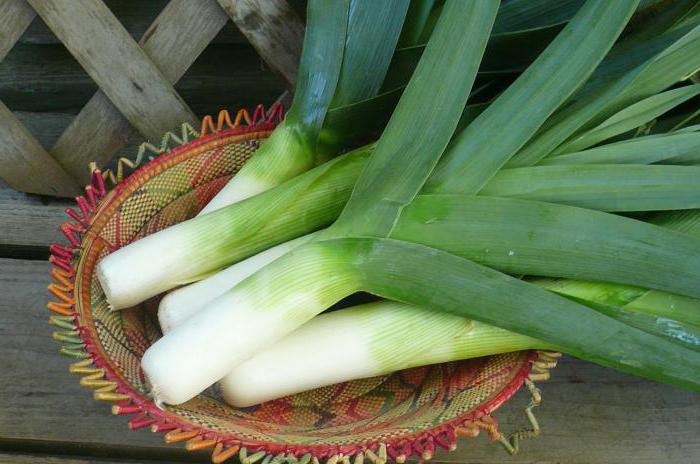
Feature of leek – long white leg
Leek has a high white leg with a delicate taste. For its formation, seedlings need to be planted in deep enough grooves, as they grow, they need to be hilled, pouring earth. Leek is fertilized with mullein, superphosphate, urea, the first top dressing is carried out 18-20 days after planting seedlings.
Leek is a moisture-loving plant and requires careful watering, otherwise the onion will be bitter. It is recommended that after planting seedlings in moist soil, do not water it for 3 days, then 1 time in 4 days.
Secrets of chives yield
Chives are an early ripening perennial suitable for quickly forcing greens. Propagated by seeds and division of the rhizome, divisions are obtained at the end of autumn by digging up the mother bush and dividing it into several pieces. After that, it is recommended to set aside the delenki for 3-4 weeks at rest, then you can plant them in a greenhouse. Before planting, chives seedlings should be watered with hot water (38-40 degrees C) to “wake them up”.
There are no special requirements for the composition of the soil when cultivating chives, but it is desirable to use sandy-clay soils enriched with humus.
The agricultural technique for growing this onion in a greenhouse is simple: the temperature during forcing on a feather should be in the range of 14-18 degrees C, air humidity should be about 80%, watering is moderate, because when waterlogged, the plant rots, and with a lack of moisture, it starts to taste bitter. At the optimum temperature, the first feather cut from 2-3-year-old plants can be done already 10-14 days after forcing, 2-3 cuts are removed per season.
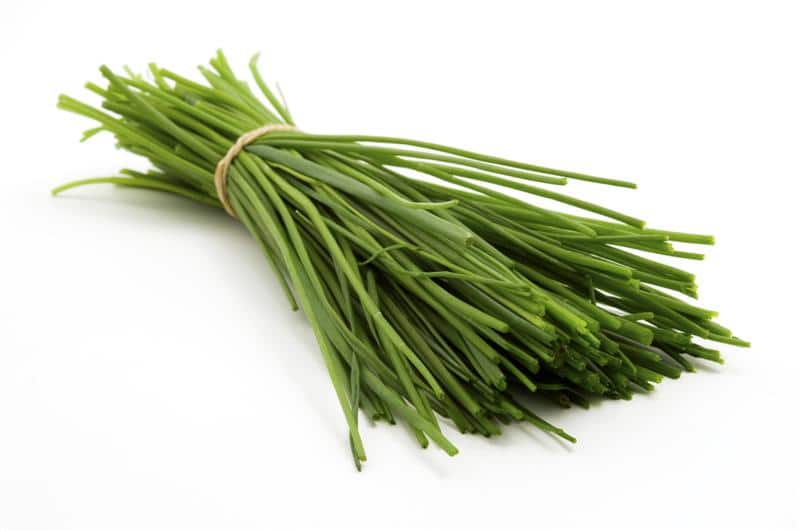
Cut chives feather
How to grow slime onions
The slime onion is not as widespread as the onion or batun, but along with the leek, it is beginning to gain its niche. The slime onion feather has a slight onion-garlic smell, a delicately spicy pleasant taste. Greens contain mineral salts of zinc, potassium, manganese, highly active phytocides, vitamins B, PP, C. The green feather of the plant remains tender throughout the entire growth period, it is fleshy, juicy. When cutting the leaves, a clear mucus is released.
Slizun is a perennial, propagated by seeds and division of the mother bush. The plant gives the main crop for 2-4 years after planting, so it is recommended to renew it every 4-5 years. This type of onion is demanding on the soil, prefers slightly acidic or neutral soils, needs organic top dressing.
Before planting onions, enrich the soil in the greenhouse by adding humus, compost, and ash. During the growth period, the slime should be fed twice with phosphorus-potassium fertilizers. Planting material is desirable to withstand a couple of hours in a warm solution of succinic acid, sodium humate.
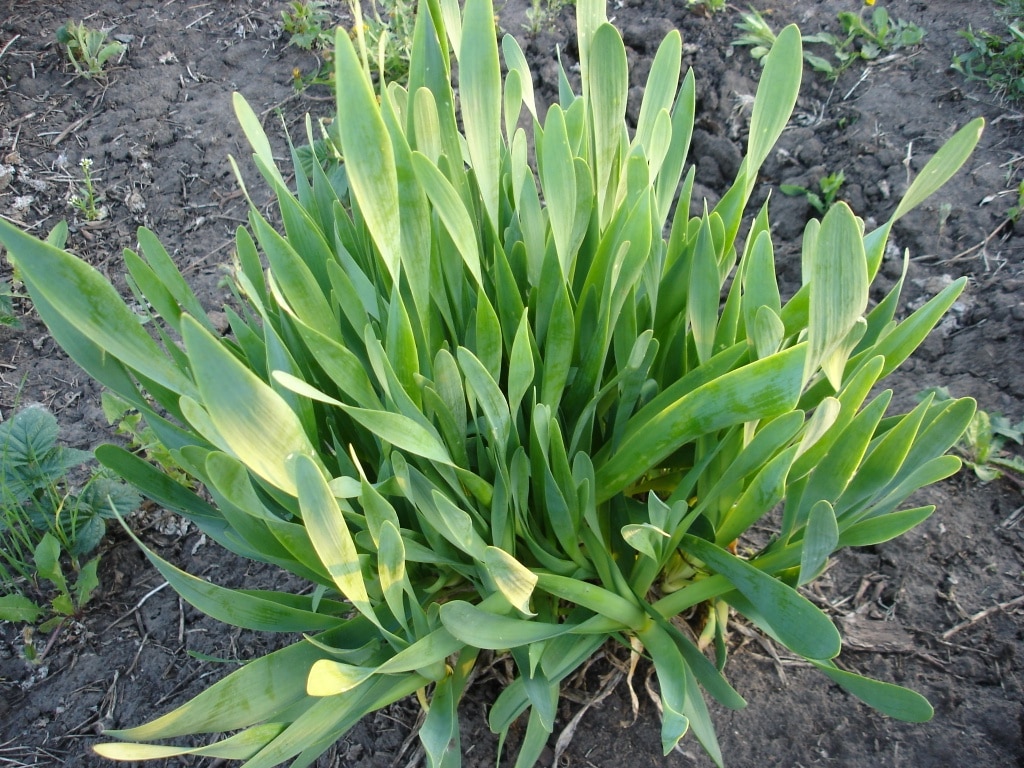
Sharp and fleshy slime onion leaves
By growing a slime, you can save on lighting – it is not as picky about the length of daylight hours as other varieties. But you need to water it regularly and plentifully, since the taste characteristics of the pen, its juiciness directly depend on the supply of water.
In height, the leaves can reach 40 cm, the plant gives a full cut for 3 years after planting. During the growing season, the slime can make 3-4 cuts, in some varieties the leaves grow in 30 days, in others – in 40.
Components of the success of a multi-tiered bow
A multi-tiered onion is much superior to other types in terms of green yield, since it does not have a dormant period, and the forcing of the feather is constantly going on. This species propagates with the help of air bulbs, which should be planted in the greenhouse immediately after the cut, or by dividing the underground uterine bulb. This variety prefers loamy soils, temperatures in the range of 10-15?
Planting a multi-tiered onion in a greenhouse is carried out by a bridge method.
Before planting, the bulbs are moistened in warm water, covered with burlap and kept for about 2-2,5 days in a warm place. You can soak the seedlings in a warm aqueous solution of ammonium nitrate (25-30 g per bucket). Consumption of planting material per 1 sq. m. of soil – 10 kg of onions, from this area you can get up to 16 kg of green feather.

Air bulbs of a multi-tiered bow
Onion diseases in greenhouses: preventive measures
When growing onions in a greenhouse, due to high humidity and warm air, all diseases spread much faster than in open ground. The use of chemical protection agents is unacceptable due to the short period of forcing and growing green feathers. Before planting, it is important to disinfect the greenhouse frame, racks, and planting material.
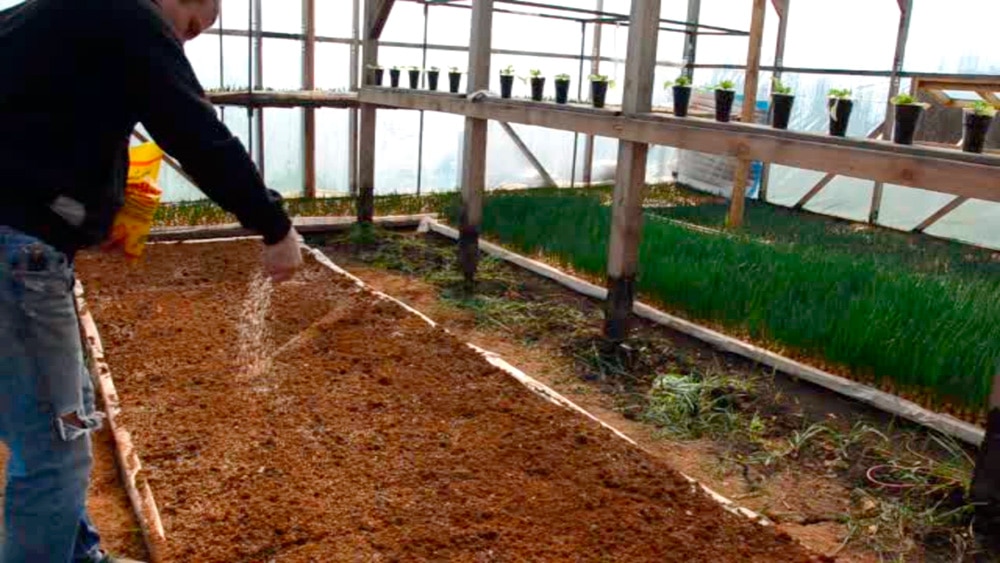
To prevent diseases, the beds should be sprinkled with ashes before planting.
In case of plant disease (rot, fusarium, peronosporosis, powdery mildew), you should immediately get rid of the infected bush, sprinkle the hole under it with wood ash, and then, if possible, completely change the top layer of soil.
Green onions grown in a home greenhouse are not only much cheaper, but tastier than market ones! Beginners can try to start with a greenhouse, and then think about a full-fledged greenhouse, in which there is a garden bed not only for greenery.
![]()
